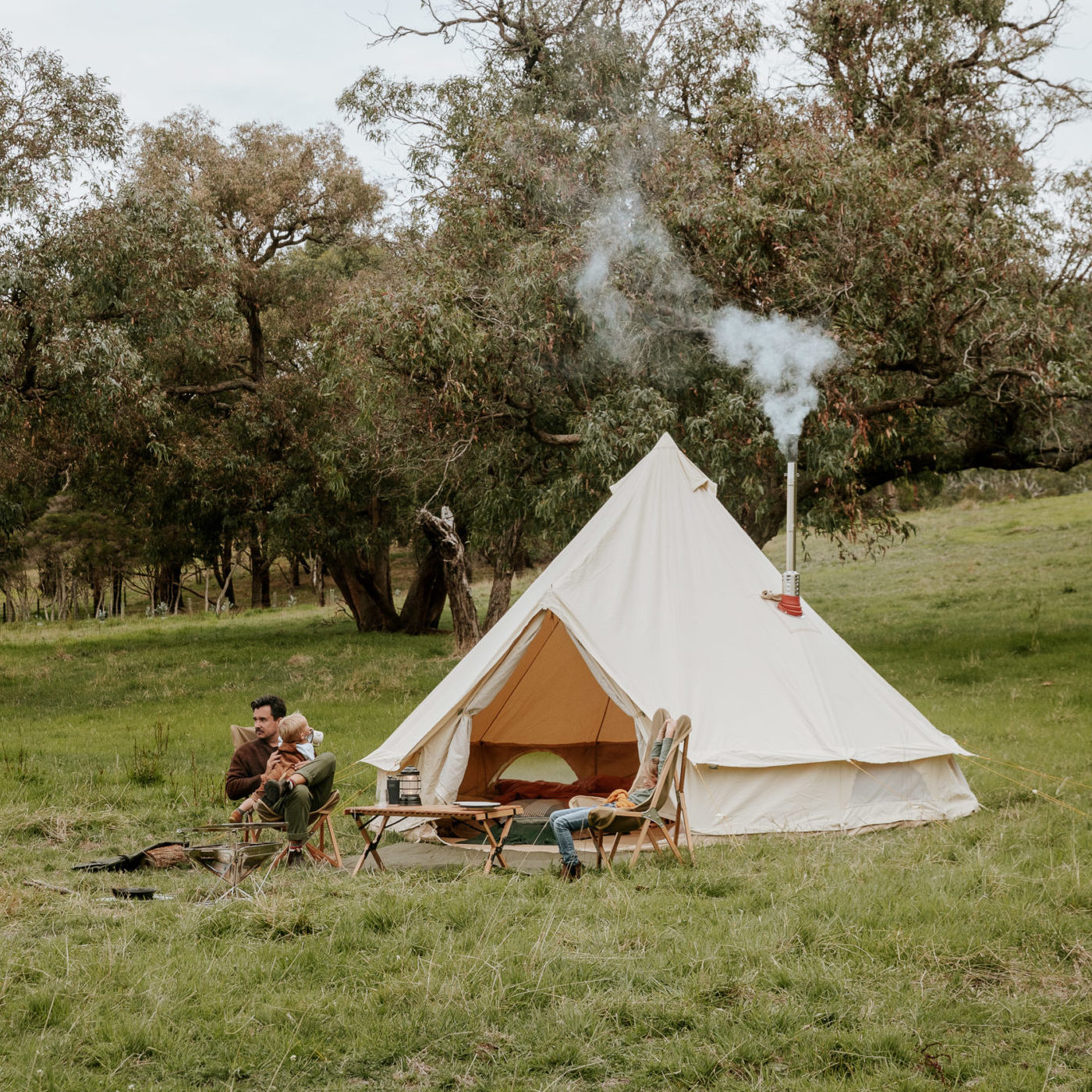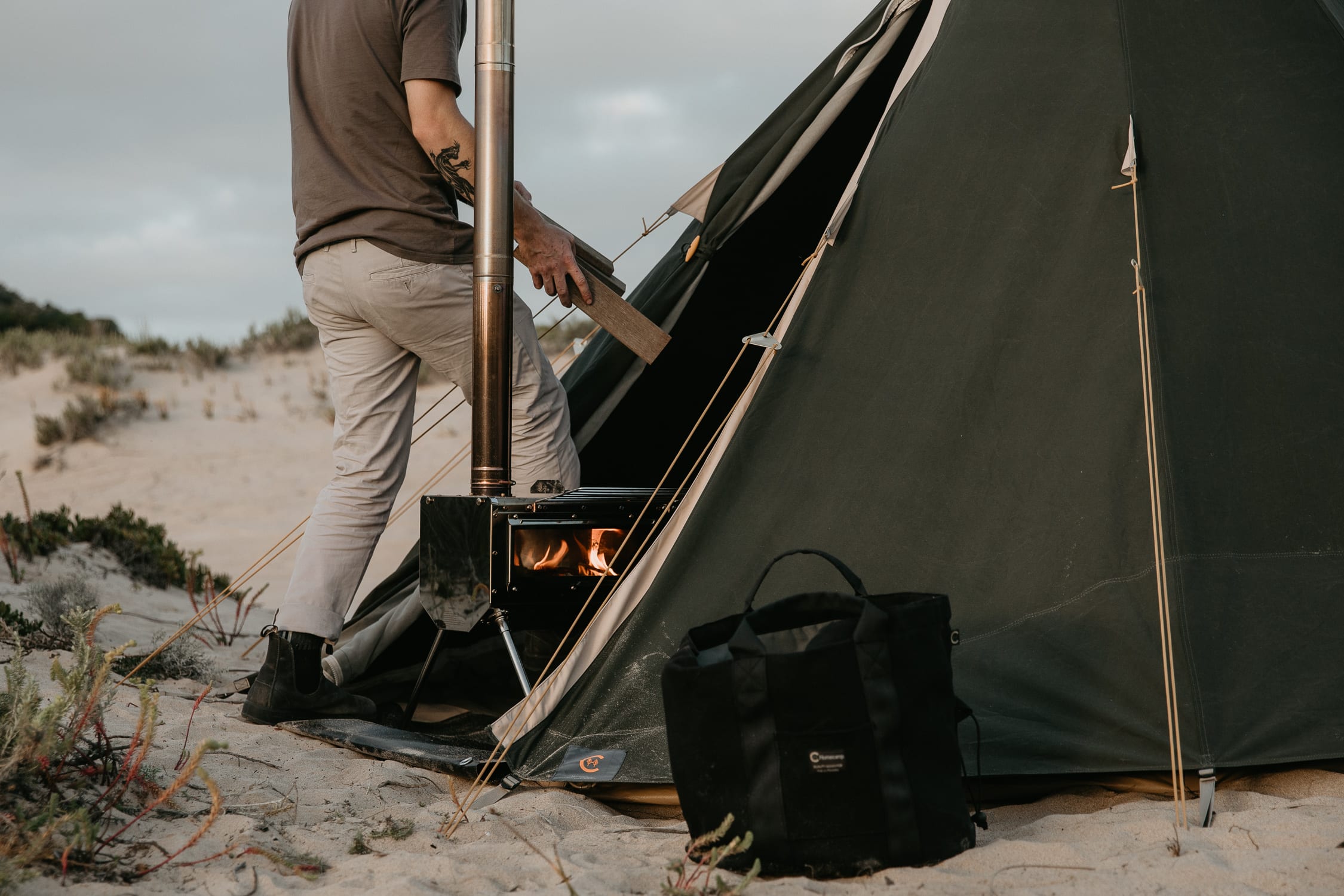 Homecamp Tipi & WorkTuff Stove by Brook James
Homecamp Tipi & WorkTuff Stove by Brook James
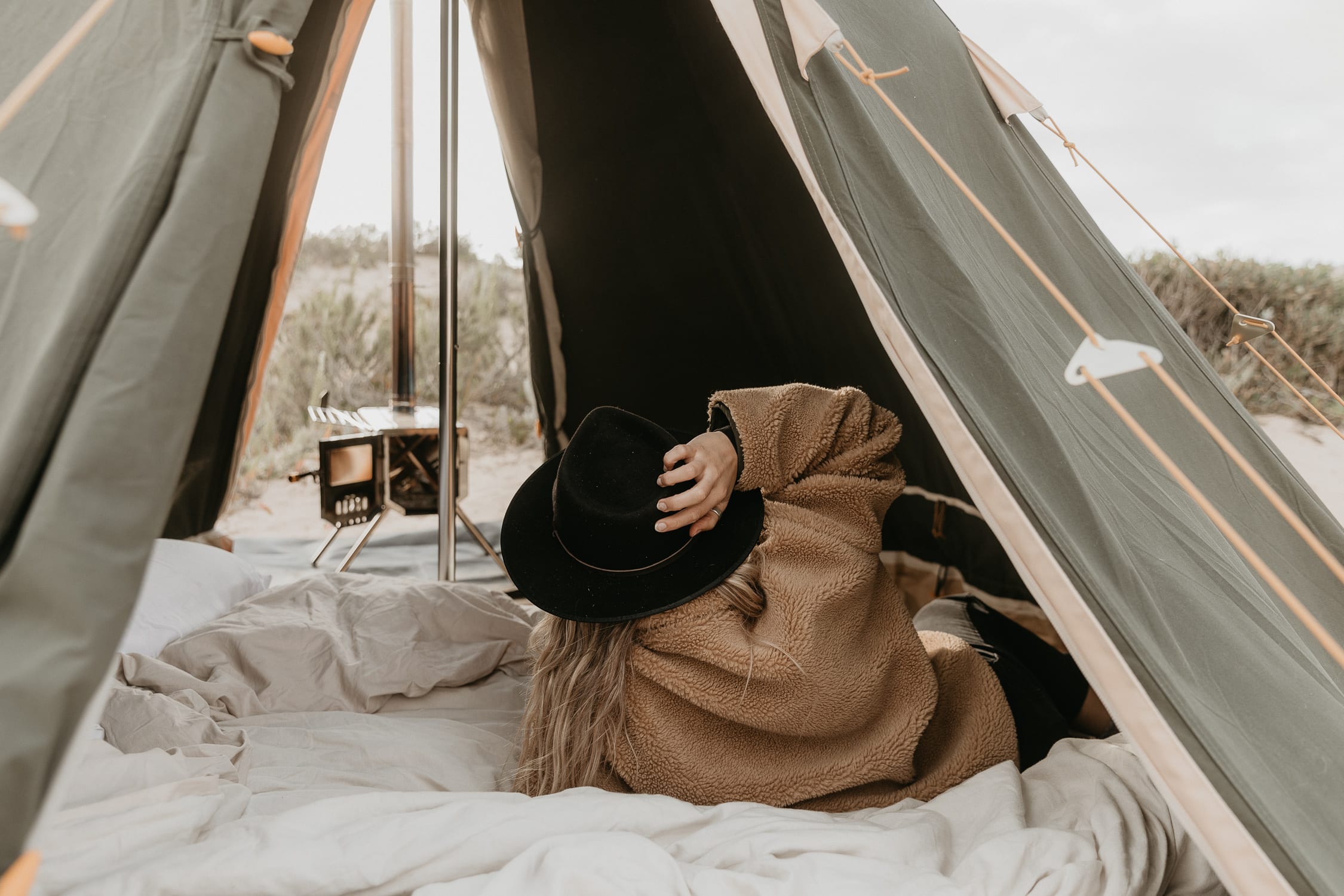 Homecamp Tipi & WorkTuff Stove by Brook James
Homecamp Tipi & WorkTuff Stove by Brook James
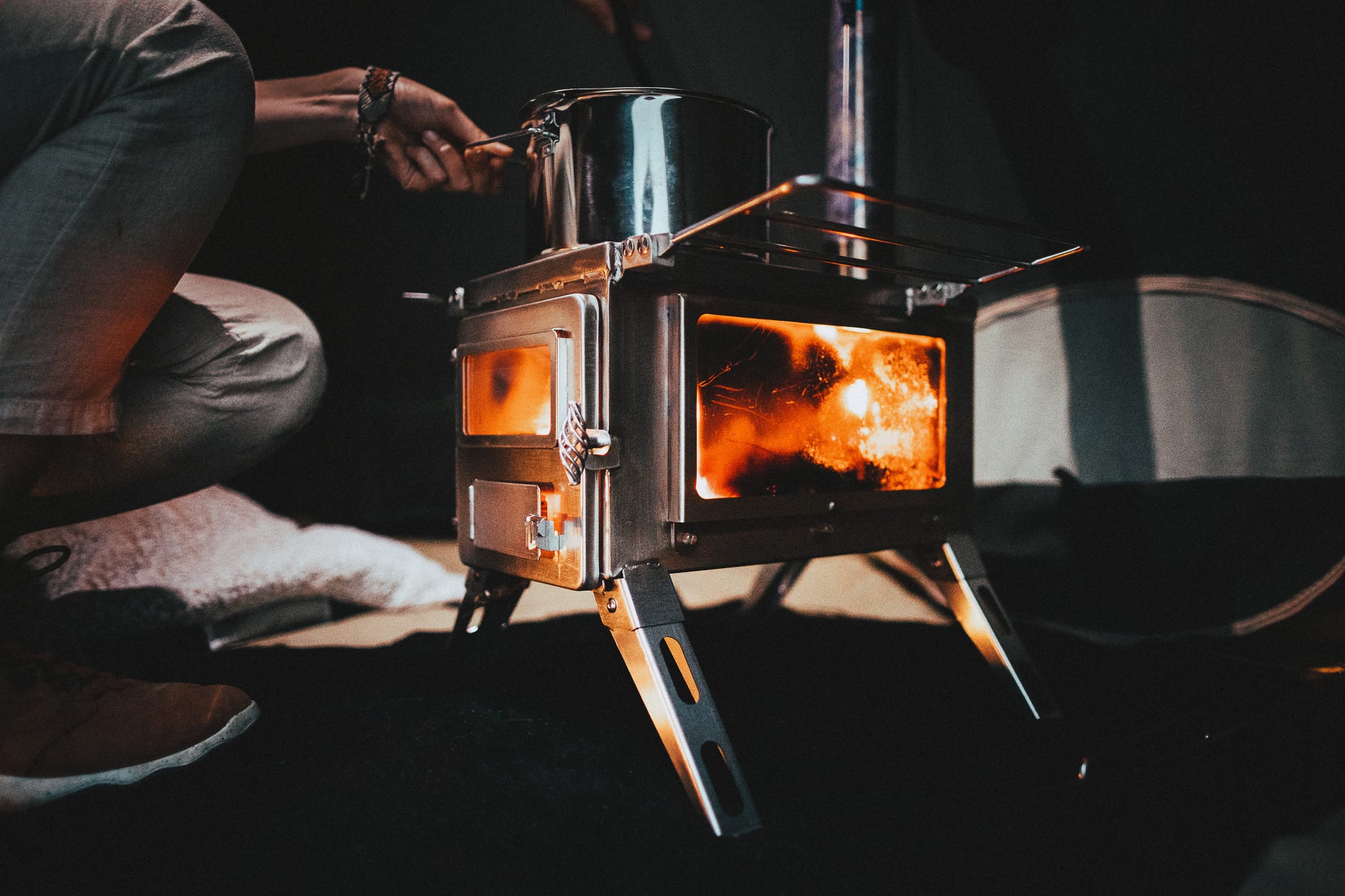 Winnerwell Nomad Stove by Andrew Northover for Homecamp
Winnerwell Nomad Stove by Andrew Northover for Homecamp
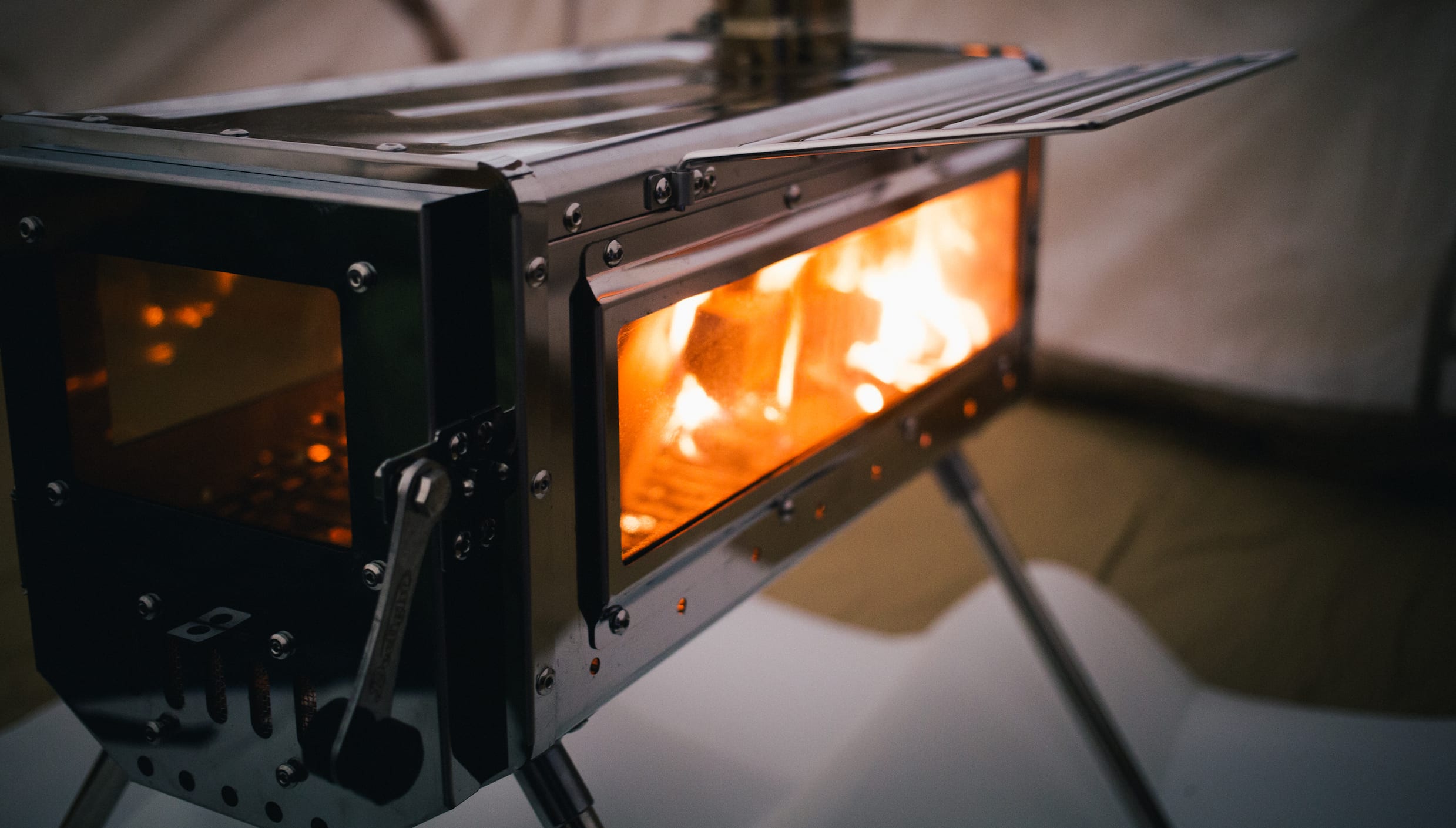 WorkTuff Stove by Padraig Croke for Homecamp
WorkTuff Stove by Padraig Croke for Homecamp
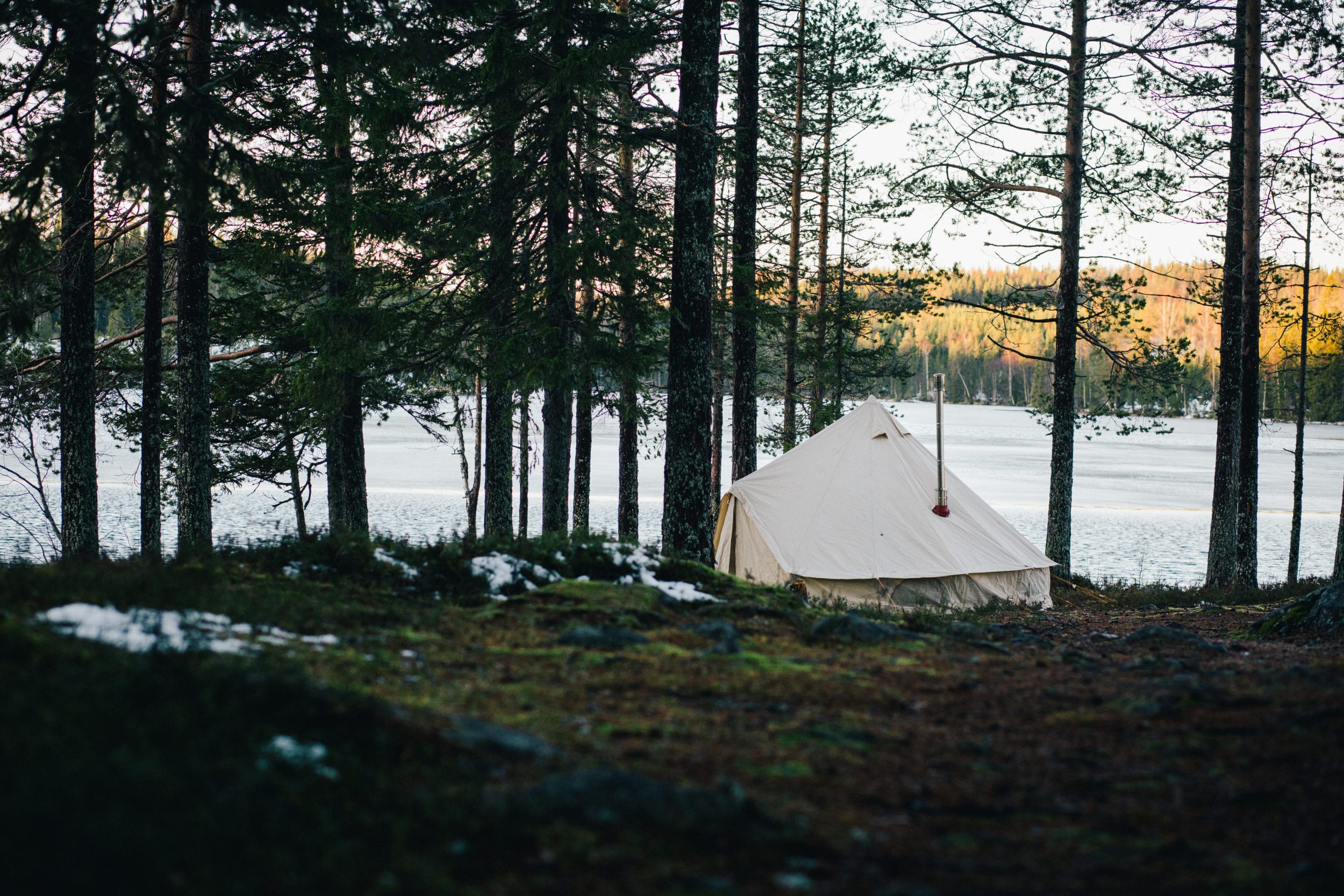 Homecamp Bell Tent & WorkTuff Stove by Padraig Croke
Homecamp Bell Tent & WorkTuff Stove by Padraig Croke
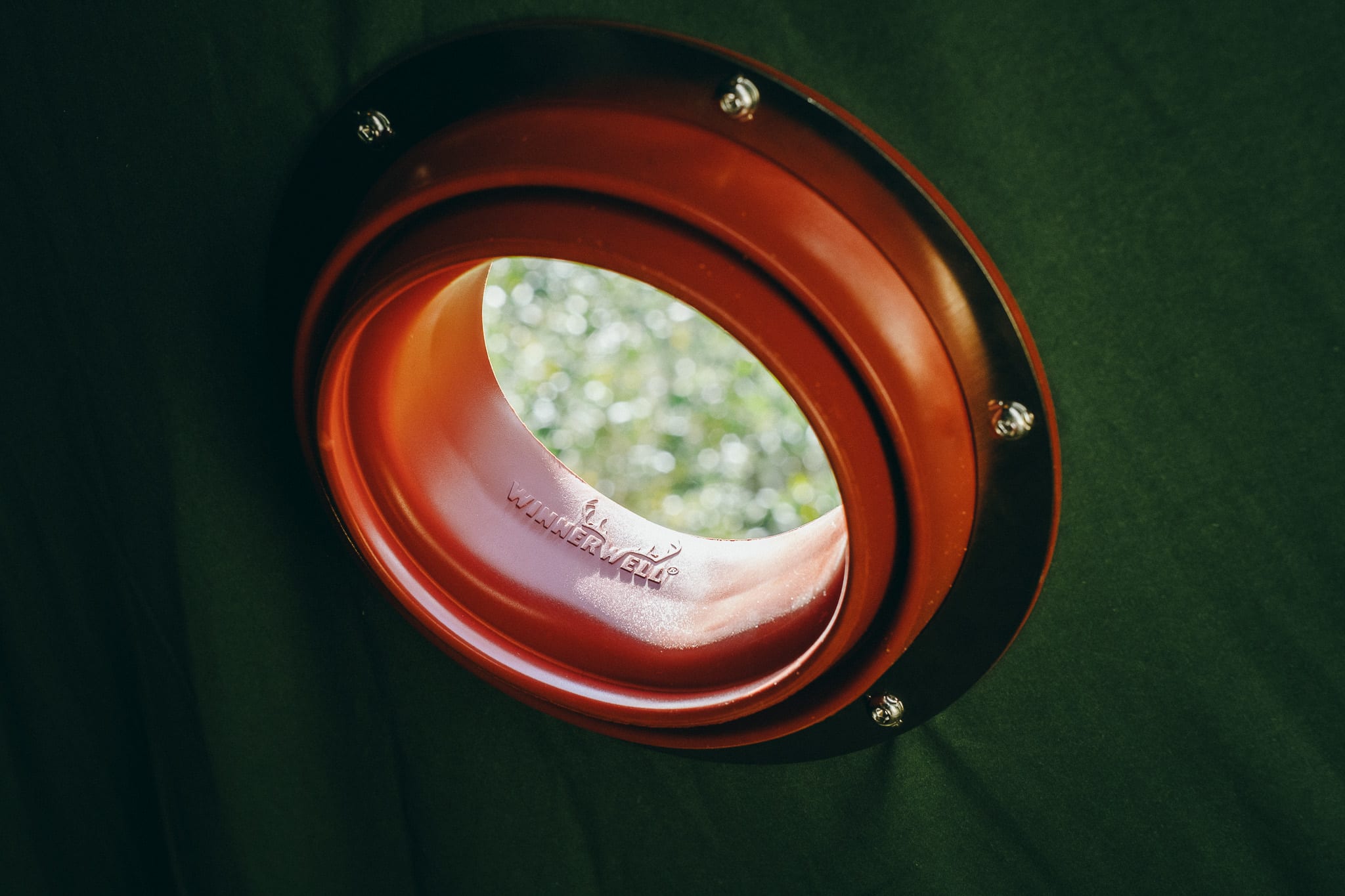
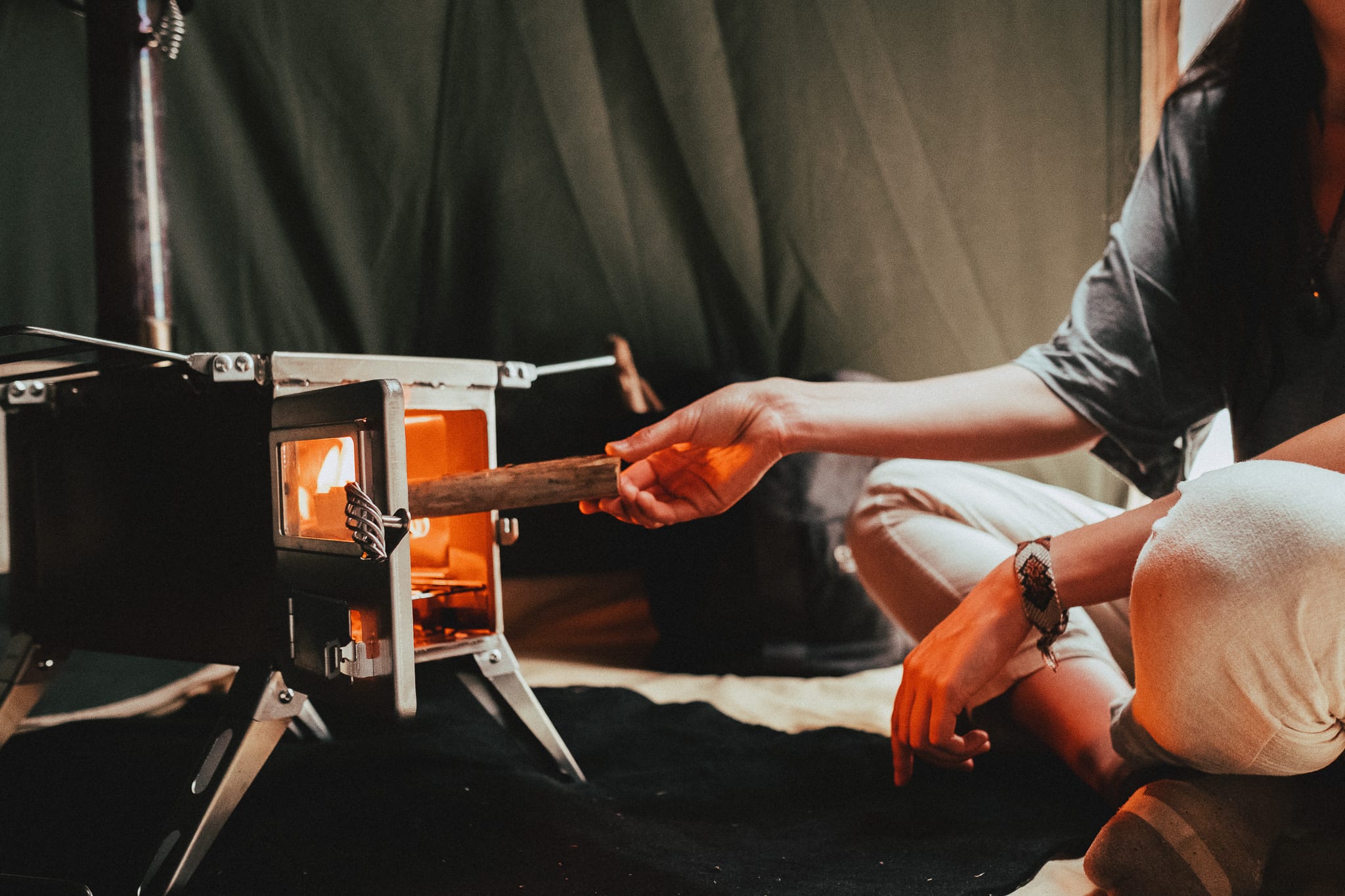 Homecamp Tipi & Winnerwell Nomad Stove by Andrew Northover
Homecamp Tipi & Winnerwell Nomad Stove by Andrew Northover
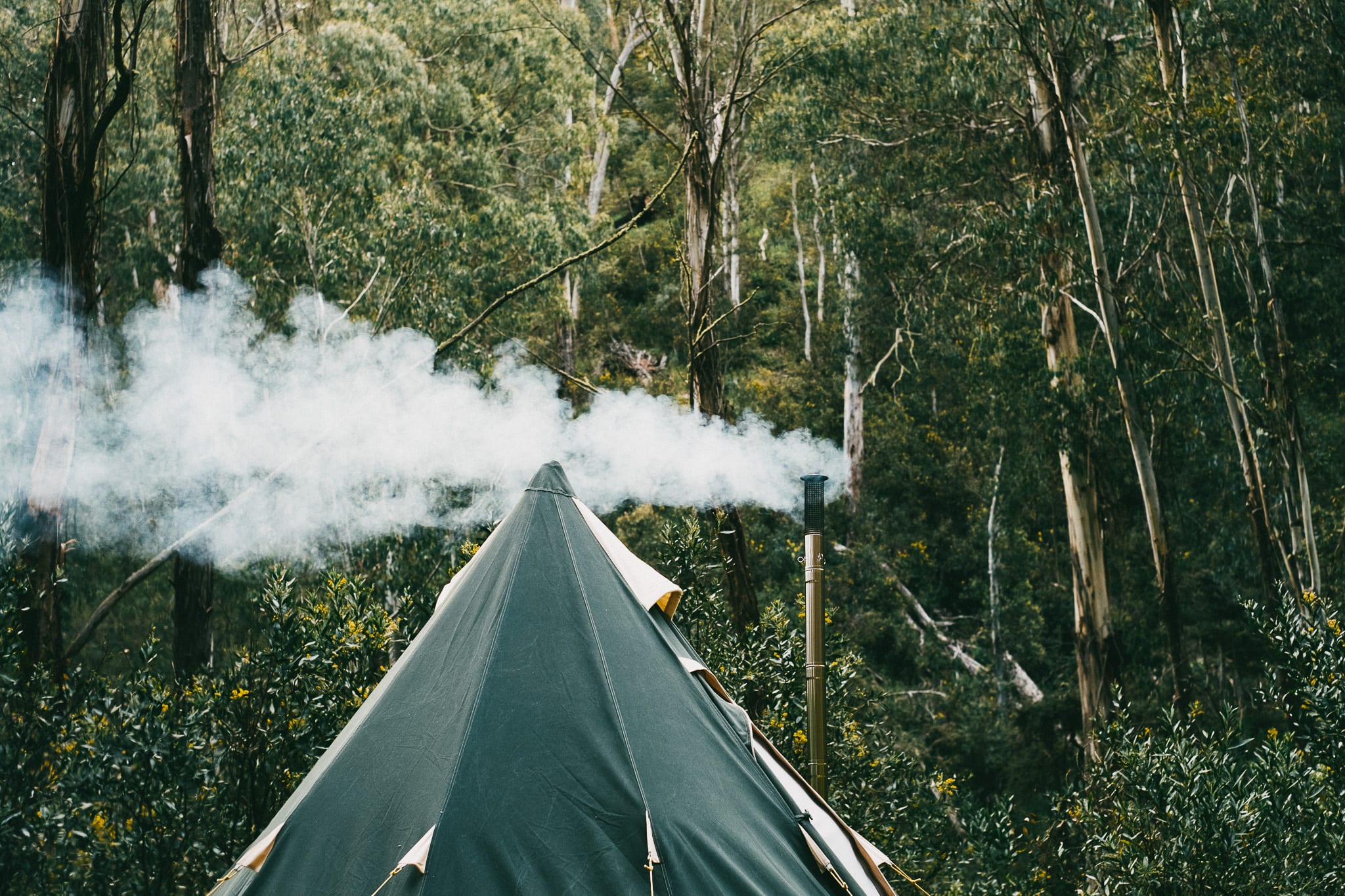 Homecamp Tipi & Winnerwell Nomad Stove by Andrew Northover
Homecamp Tipi & Winnerwell Nomad Stove by Andrew Northover



